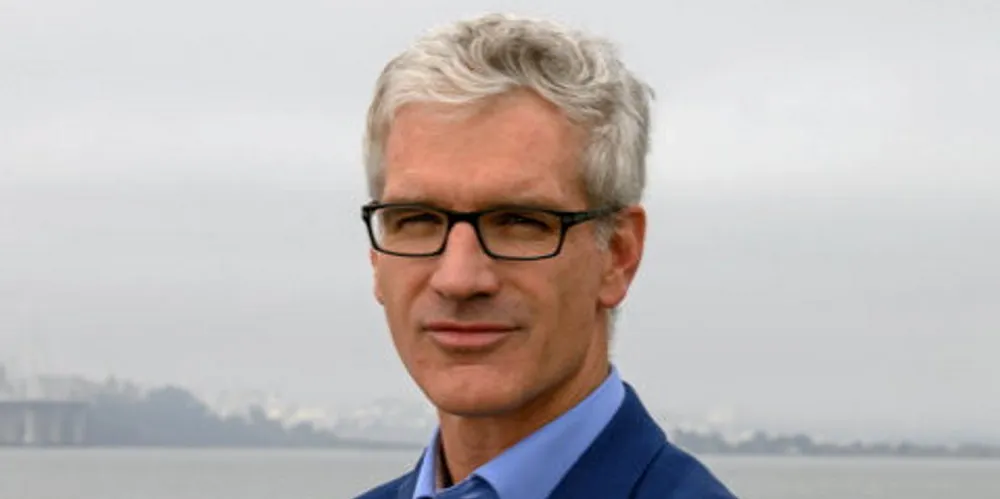'Next great US frontier'? | TotalEnergies-led venture scopes 3GW of floating wind off Oregon
Deep Blue Pacific, formed by French oil major and Irish developer Simply Blue, nominates pair of projects with gigascale total capacity into two of three areas in waters off Beaver state

Deep Blue Pacific, a tie-up between French oil major TotalEnergies and Irish outfit Simply Blue focused on development of floating wind in the US northwest, has been the first to submit proposals for projects in newly opened deep waters off the state of Oregon.
The joint venture (JV) nominated a pair of floating projects with 3GW of capacity into the two areas proposed by the Bureau of Ocean Energy Management (BOEM), the federal regulator of energy development on the outer continental shelf.
“The next great frontier of renewable energy is floating wind and with some of the best resources available, Oregon has the potential to be a global leader,” said Deep Blue Pacific president Kevin Banister.
Deep Blue Pacific director of government and external affairs Peter Cogswell added: “Oregon is known for taking bold steps to protect our public lands and waters. Floating wind is good for Oregon’s future and can bring permanent jobs and new industries to towns along the coast.”
Deep Blue Pacific is focused primarily on Oregon, which has some of the richest wind resources in the US, according to the National Renewable Energy Laboratory (NREL), with average wind speeds exceeding 10 metres per second and a gross power capacity of 169GW.
[The JV is not looking to bid into the upcoming California lease auctions due to TotalEnergies involvement with long-time California developer Castle Wind, but will be looking at future auction rounds in the Golden State.]
Oregon is also a longstanding leader in renewable energy development – according to the US Energy Information Administration the state already derives some 68% of its power from renewable sources, primarily hydropower – with state law targeting net-zero emissions by 2040.
Interest has seemingly been muted, however, with Deep Blue Pacific the only developer so far to have nominated projects, possibly reflecting the challenge of developing projects off Oregon’s remote coasts, although both Cogswell and Alana Duer, head of project development for the JV, say that developer interest is high and attribute the lack of comment to lags in BOEM’s internal processes.
Nevertheless, Oregon faces a raft of challenges in bringing its offshore wind power resource to market. The waters off its coasts are even deeper than those off northern California, as great as 1,300-2,000 metres, and far beyond those of the current generation of floating wind projects, which currently extend to some 200 metres.
Oregon is also a mostly rural state with only 4 million residents and lacks significant load centres in proximity to the call areas.
NREL estimates that Oregon’s grid could handle around 2.6GW of offshore wind power injection without significant upgrades, but any more would require substantial investment into transmission, made more difficult by Oregon’s low priced power at $0.09/kWh, below the national average of $0.11/kWh and well-below prices paid in the northeast, where the offshore wind industry is emerging.
While Oregon is known for its progressive politics, a recent meeting between BOEM and Oregon fisheries grew rancorous, with representatives calling for more studies and an industry slowdown to allow for further studies on the impact of floating wind on the marine ecosystem.